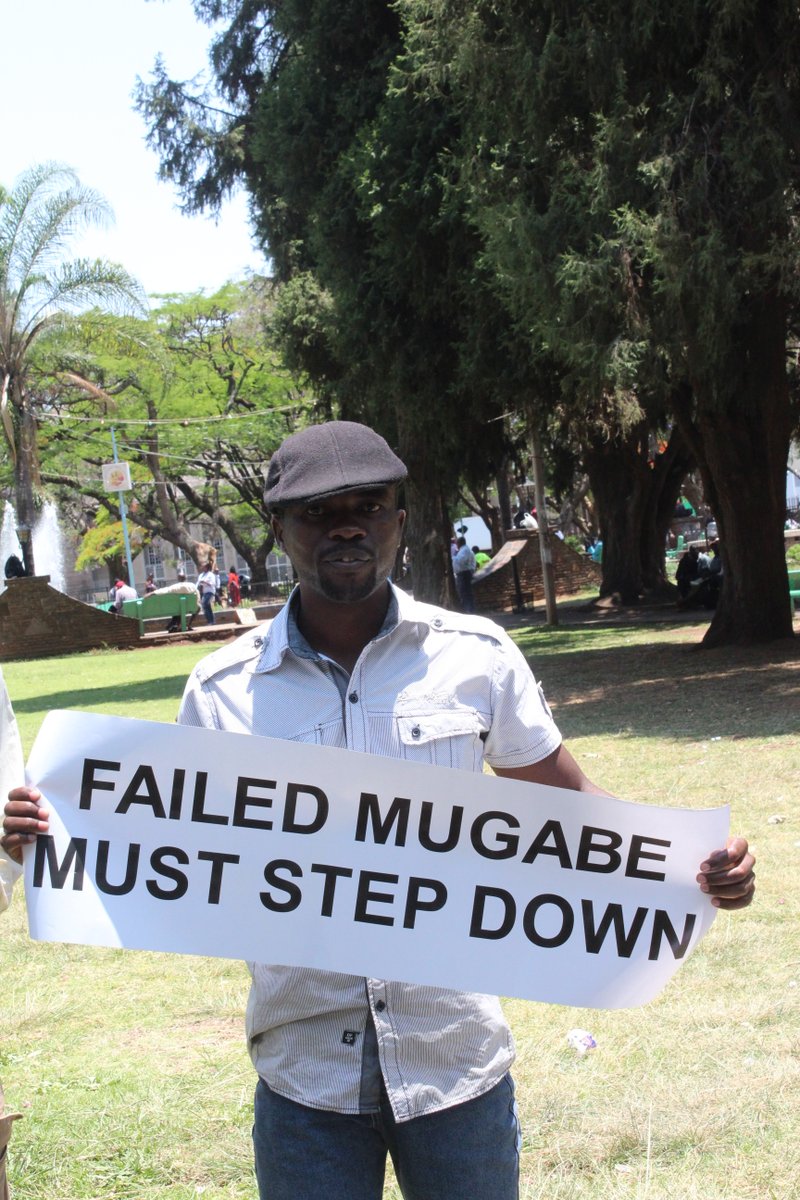Veritas commemorated the International Day of the Victims of Enforced Disappearances on August 30 and called on people to draw attention to imprisoned or abducted individuals whose fate and whereabouts are unknown.
“Today we join the world in remembering victims of enforced disappearances and their families, and in particular we think of those who have disappeared in Zimbabwe and their families who live with the daily anguish of not knowing what happened to their loved ones,” Veritas said in a statement yesterday.
According to the Declaration on the Protection of All Persons from Enforced Disappearance, proclaimed by the General Assembly in its resolution 47/133 of 18 December 1992 as a body of principles for all States, an enforced disappearance occurs when: “persons are arrested, detained or abducted against their will or otherwise deprived of their liberty by officials of different branches or levels of Government, or by organized groups or private individuals acting on behalf of, or with the support, direct or indirect, consent or acquiescence of the Government, followed by a refusal to disclose the fate or whereabouts of the persons concerned or a refusal to acknowledge the deprivation of their liberty, which places such persons outside the protection of the law.”
A forced disappearance violates a litany of fundamental human rights and freedoms enshrined in our Constitution. These include the right to personal liberty found in s.49, rights of arrested and detained persons (s.50), right to human dignity (s.51), right to personal security (s.52) and freedom from torture (s.53) among others.
“We therefore urge the Zimbabwean government to accede to the International Convention for the Protection of All Persons from Enforced Disappearance. This Convention places an obligation on states to investigate cases of enforced disappearances and prosecute perpetrators.”
The UN, in a statement to mark the International Day of the Victims of Enforced Disappearances on 30 August 2018 said: “Relatives have a right, as victims themselves, to know the truth about the circumstances of any enforced disappearance, the whereabouts of their loved ones, the progress and results of the investigation, and ultimately the fate of the disappeared person”






